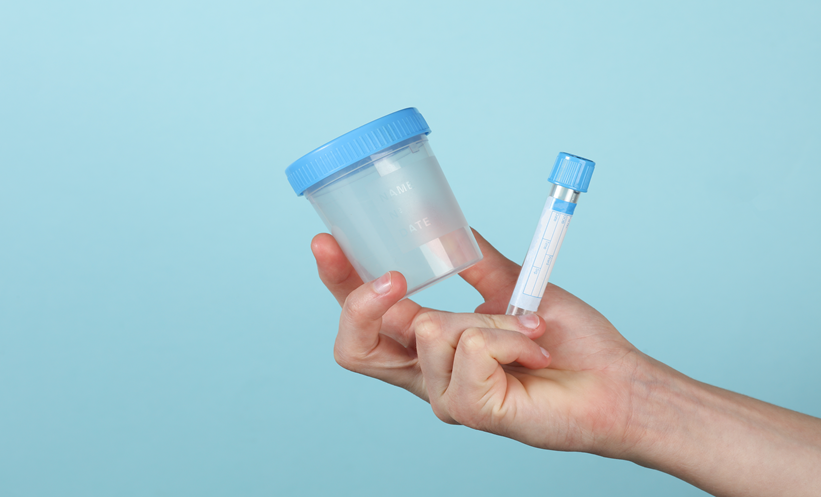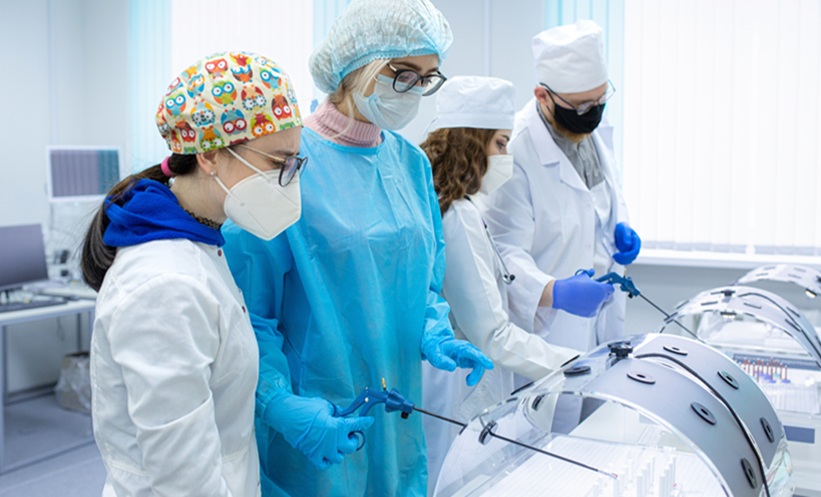Abstract
Introduction: In this retrospective study, we report outcomes of robot-assisted laparoscopic radical prostatectomy (RARP) in high-risk prostate cancer (HRPC), classified according to the D’Amico risk criteria and with a minimum follow-up of 1 year. Methods: A total of 60 patients who had at least one preoperative HRPC feature and underwent RARP were included. Mean patient age and preoperative serum prostate-specific antigen level were 66.4±7.5 years and 13.4±11.0 ng/ml, respectively. Preoperatively, 3 (5.0%), 4 (6.7%), 17 (28.3%), 3 (5.0%), and 33 (55.0%) patients had prostate biopsy-proven Gleason scores of 5+4, 4+5, 4+4, 3+5, and <8, respectively. Bilateral neurovascular bundle (NVB)-sparing, unilateral NVB-sparing, and non-NVB-sparing surgery were performed in 44 (73.3%), 3 (5.0%), and 13 (21.7%) patients, respectively. Results: Mean console time, intraoperative blood loss, duration of hospital stay, and urethral catheter removal time were 159.7±62.4 minutes, 210±201.9 ml, 3.9±1.9 days, and 10.9±5.3 days, respectively. During the perioperative period (Days 0-30), 7 minor and 5 major complications occurred as categorised using the modified Clavien classification. No complications were detected during postoperative Days 31-90. Postoperative pathological stages included pT0, pT2a, pT2b, pT2c, pT3a, and pT3b disease in 2 (3.3%), 8 (13.3%), 4 (6.7%), 14 (23.3%), 18 (30.0%), and 14 (23.3%) patients, respectively. The positive surgical margin rate was 26.7% and mean lymph node yield was 11.8±8.3 (range: 3-37). Mean follow-up was 27.8±11.1 months. Biochemical recurrence was detected in 13 (21.7%) patients. Of the total 60 patients, 26 (43.3%) were fully continent (0 pad/day), 15 (25.0%) wore a safety pad/day, 10 (16.7%) wore 1 pad/day, 5 (8.3%) wore 2 pads/day, and 4 (6.7%) wore >2 pads/day. Of the 27 patients with no preoperative erectile dysfunction (ED), 17 (63.0%) had no ED at a mean follow-up of 1 year. Trifecta and pentafecta rates were 43.2% and 28.7%, respectively. Conclusion: Based on our experience, RARP in HRPC is a relatively safe procedure with satisfactory oncological and functional outcomes.
Please view the full content in the pdf above.








